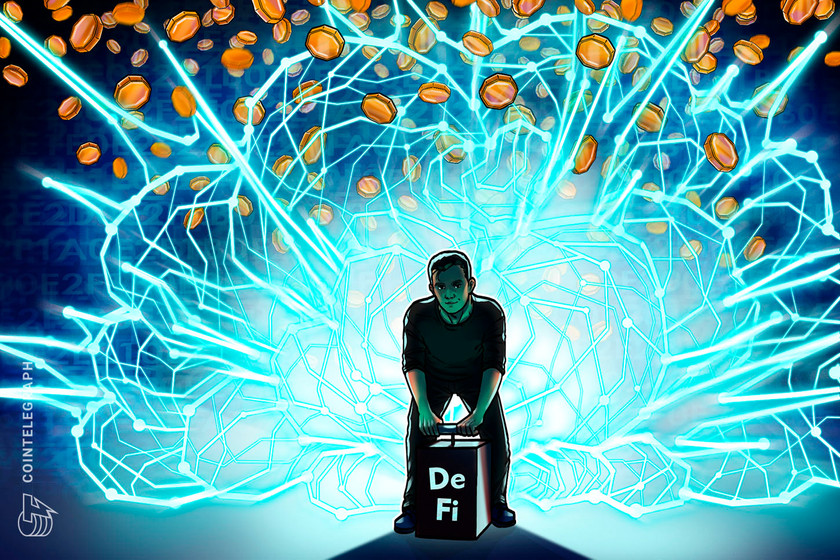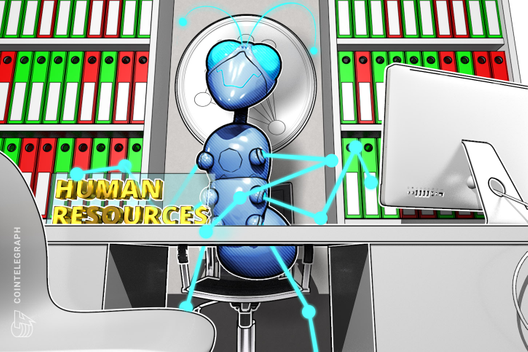Bitcoin holds $20K while flirting with a neutral futures premium for the first time in 6 months
After 66 agonizing days, Bitcoin (BTC) price finally broke above the $20,000 psychological resistance on Jan. 14. At the same time, the current $400 billion market capitalization gives BTC a position in the top-20 global tradable assets, surpassing giants like Walmart (WMT), Mastercard (MA) and Meta Platforms (META).
From one side, Bitcoin bulls have reasons to celebrate after its price recovered 34% from the $15,500 low on Nov. 21, but bears still have the upper hand on a larger time frame since BTC is down 52% in 12 months.
However, two events are expected to determine traditional finance investors’ fate. On Jan. 16, China will announce its Gross Domestic Product figures and on Jan. 18, the United States Retail Sales will publish.
Fourth quarter earnings season will set the tone for this week’s stock market performances, including Goldman Sachs (GS), Morgan Stanley (MS), Netflix (NFLS) and Procter & Gamble (PG).
In the cryptocurrency markets, there is mild relief stemming from some unexpected places — or people. Crypto entrepreneur Justin Sun is reportedly interested in acquiring assets from the troubled Digital Currency Group (DCG), the parent company of the crypto lender Genesis and the Grayscale funds’ administrator.
On Jan. 16, Binance exchange launched its off-exchange settlement solution for institutional investors. The regulated digital asset custodial services enable additional security, allowing investors access to the exchange ecosystem without needing to deposit directly on the platform.
Another positive piece of news came from Bitcoin’s mining difficulty rising 10.26% on Jan. 15, reflecting higher competition for block subsidies — typically a bullish indicator for the industry. This increases network security, but more importantly, it shows that miners can find strategic energy sources and are committed to the long-term investment required for Bitcoin mining.
Let’s take a look at Bitcoin derivatives metrics to better understand how professional traders are positioned in the current market conditions.
The Asia-based stablecoin premium drops to a 6-month low
The USD Coin (USDC) premium is a good gauge of China-based crypto retail trader demand. It measures the difference between China-based peer-to-peer trades and the United States dollar.
Excessive buying demand tends to pressure the indicator above fair value at 100%, and during bearish markets, the stablecoin’s market offer is flooded, causing a 4% or higher discount.

Currently, the USDC premium stands at 97.5%, down from 100% two weeks prior, indicating lesser demand for stablecoin buying from Asian investors. The data gained relevance after the 24% rally between Jan. 7 and Jan. 14, as one would expect a much higher demand from retail traders.
However, this data is not necessarily bearish because traders could be dumping stablecoins due to increased regulatory risks.
The futures premium is finally displaying neutral sentiment
Retail traders usually avoid quarterly futures due to their price difference from spot markets. Meanwhile, professional traders prefer these instruments because they prevent the fluctuation of funding rates in a perpetual futures contract.
The two-month futures annualized premium should trade between +4% to +8% in healthy markets to cover costs and associated risks. Thus, when the futures trade below such a range, it shows a lack of confidence from leverage buyers — typically, a bearish indicator.

The above chart shows positive momentum for the Bitcoin futures premium, now flirting with the neutral premium at 4% — the highest in five months. This indicator represents a drastic change from the backwardation, the bearish sentiment that had prevailed from the FTX collapse in Nov. 2022 until the first days of 2023.
Bitcoin’s $20,000 support needs a retest
While the seemingly effortless rally to $20,000 looks encouraging, it hasn’t been recently tested as a support level. At the same time, the absence of a stablecoin premium in Asia displays a lack of demand from retail buyers. However, the current 2.5% discount does not reflect discomfort or distress from sellers.
Related: Bitcoin on-chain and technical data begin to suggest that the BTC price bottom is in
This data supports the thesis that Bitcoin needs to test the $20,000 support to prove to investors that regardless of how the stock market behaves, the bearish sentiment caused by FTX and Digital Currency Group (DCG) contagion risks are behind us.
There is still a chance that macroeconomic data will favor the continuation of a bull run, so either way could sustain the positive momentum.
The views, thoughts and opinions expressed here are the authors’ alone and do not necessarily reflect or represent the views and opinions of Cointelegraph.
This article does not contain investment advice or recommendations. Every investment and trading move involves risk, and readers should conduct their own research when making a decision.









